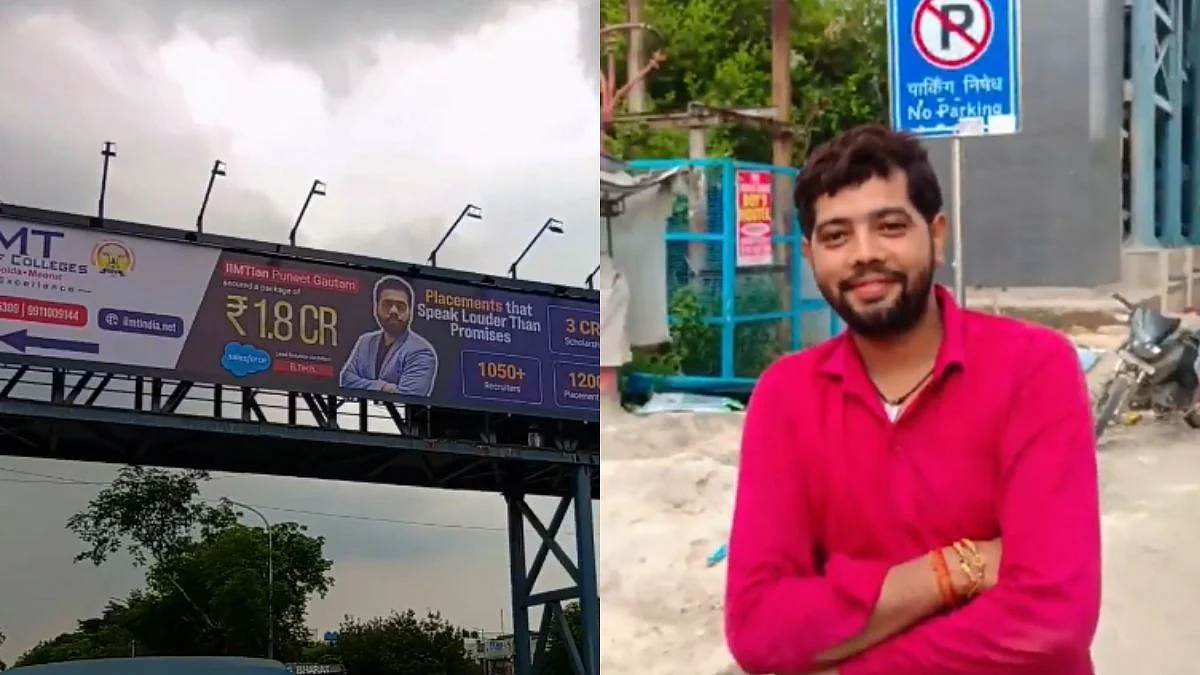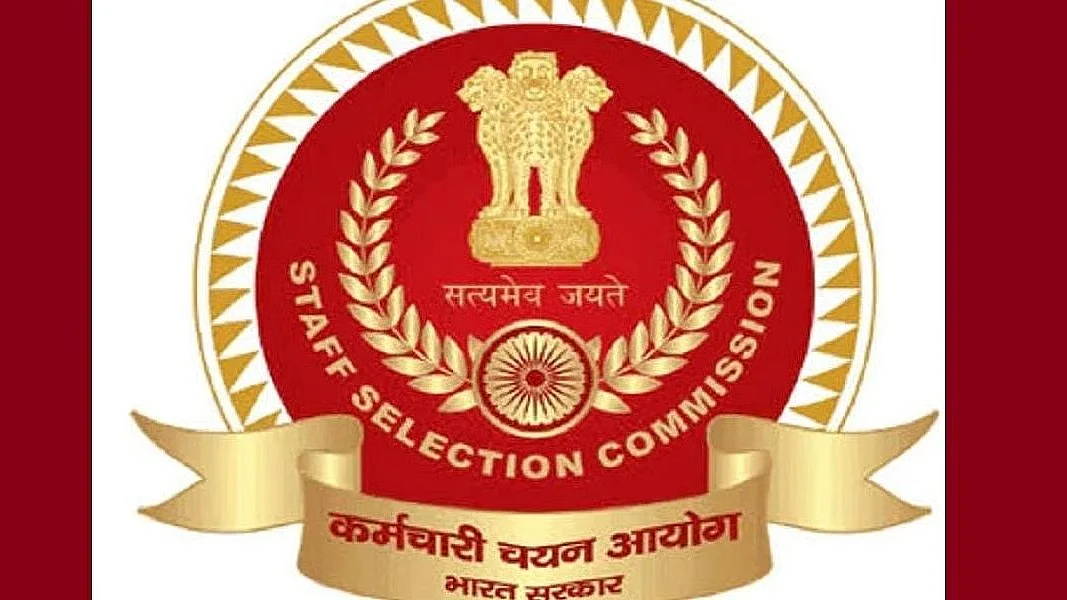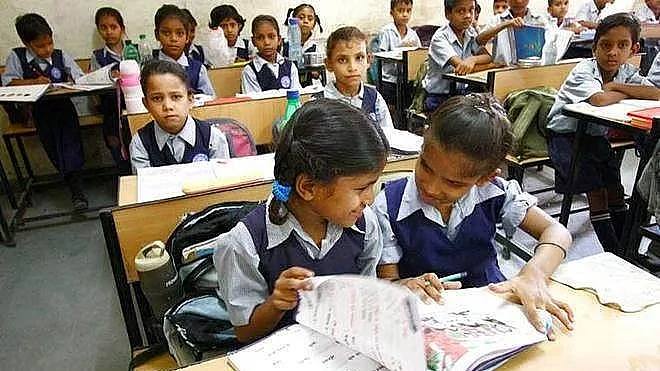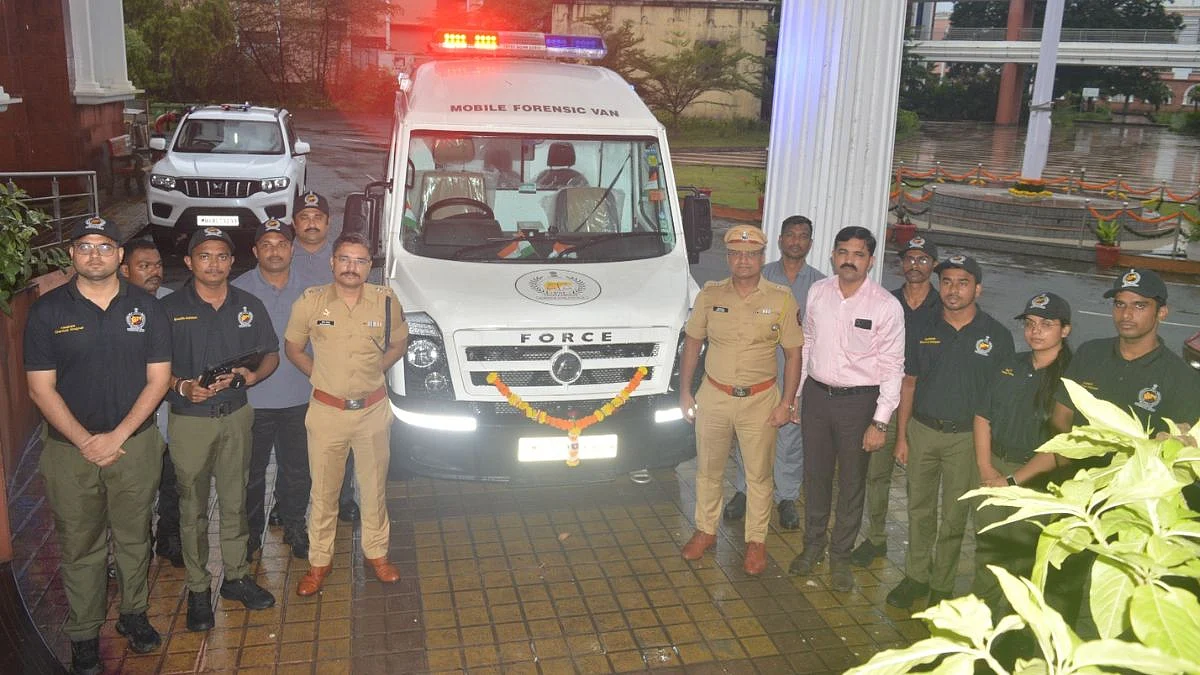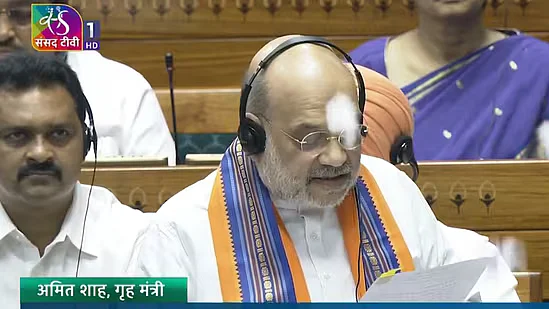The government has been making health services available to the poor and needy through various schemes and many have benefited. However, the middle class across the country needs better and more affordable health infrastructure. Considering this, it was expected that the central government will make a concrete allocation for the health budget.
Overall, there has been an increase in the health budget allocation, from 1.4% of the GDP in 2019 to 2.1% in 2023. The total budget for the department of health and family welfare (DHFW) and department of health research (DHR) has increased by around 2.71% to Rs88,956 crore (DHFR 86,175 crore + DHR Rs2,980 crore), which is a fairly good rise, though the health sector was expecting more in terms of exemption of GST and import relief on medical equipment.
The main highlight of this budget is the announcement to establish 157 new nursing colleges in India, along with new medical colleges. Starting these institutes is a necessary move. During the pandemic, we saw a shortage of nursing staff after which we have been experiencing an exodus of nurses from hospitals all over the world. Due to this migration, there is a need for more nurses in our country. Starting nursing colleges aligned with medical colleges provides better clinical experience and produces better quality nurses.
The second highlight of the budget is a mission to eliminate sickle cell anaemia by 2047. It will entail awareness creation, universal screening of seven crore people in the age group of 0-40 years in affected tribal areas, and counselling through collaborative efforts of central ministries and state governments. The blood cell disease is common in tribal areas of Maharashtra, Madhya Pradesh and other states and this mission will be of great help to tribals and affected individuals. This will also promote research in this area and improve community health in tribal areas.
Another important announcement was regarding medical research facilities being made available in select ICMR labs for research by public and private medical college faculty and private sector R&D teams to encourage collaborative research and innovation. This is a boon as meaningful research can be carried out in collaboration with ICMR labs.
There is also a new programme to promote research and innovation in pharmaceuticals, to help India innovate, produce and export newer drugs and antibiotics. Medical technology is growing rapidly over the last decade and there is a need for dedicated multidisciplinary courses for medical devices to ensure availability of skilled manpower for futuristic technologies, high-end manufacturing and research.
Over the last decade, we have seen the growing role of Artificial Intelligence (AI) in healthcare. For making 'Make AI in India' and 'Make AI work for India' a reality, three centres of excellence for AI will be set up. Leading industry players will partner in conducting interdisciplinary research and develop cutting-edge applications and scalable problem solutions in the areas of agriculture, health and sustainable cities.
Though the health sector was expecting more allocations and exemptions in taxation, this budget showed moderate growth with a few good initiatives like green growth which will impact the sector as well. We hope this growth continues to achieve our health expenditure goal of 2.5% of GDP by 2025.

